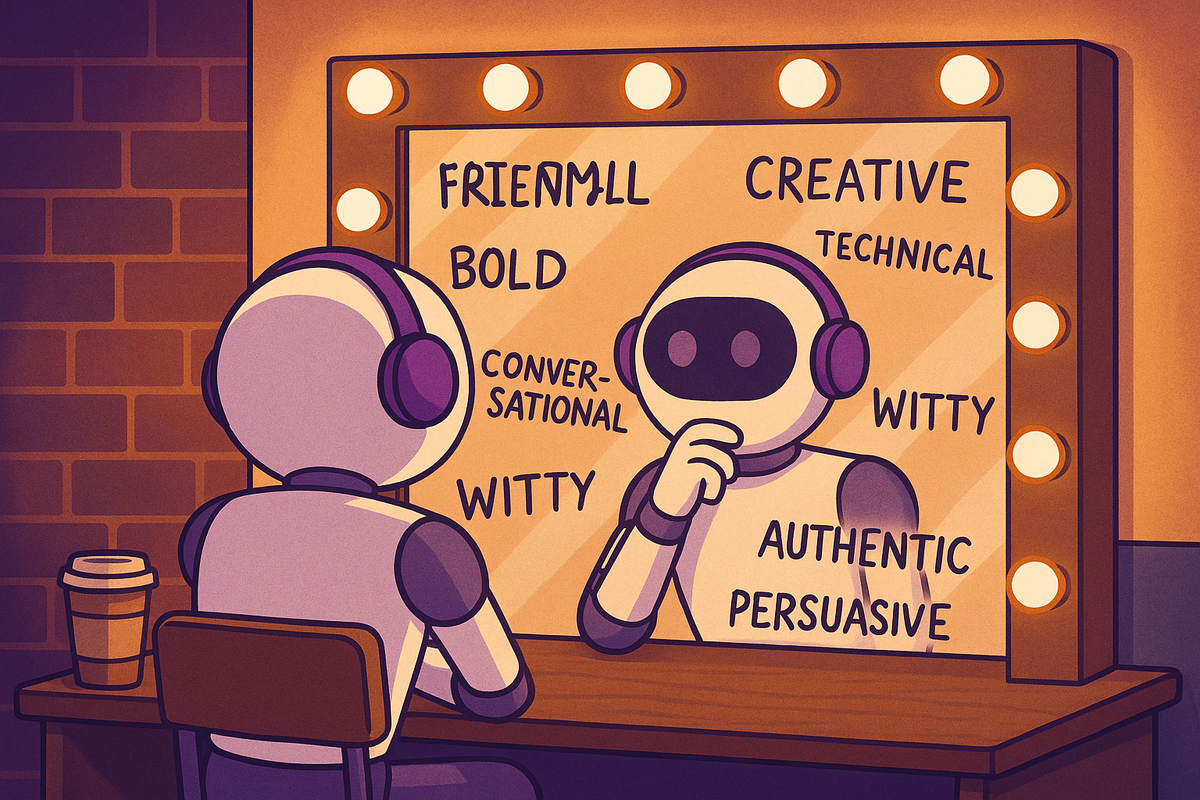Checkpoint #16: The moment a post sounded like me

🧭 1. Logbook Entry
The first time someone said,
“I knew this post was yours before I saw the name,”
I paused.
It felt… different.
Better than nice post.
Deeper than great insight.
It meant I wasn’t just being useful —
I was being recognizable.
And that’s when I understood:
A distinctive writing style isn’t a trick.
It’s a trust signal.
It tells your audience:
“You’re in the right place. This is for you.”
🔍 2. What I’ve learned
➊ Your voice isn’t what you write — it’s how you write it
Style isn’t about vocabulary. It’s about rhythm, sentence structure, how you move between ideas.
Your tone is felt more than read.
➋ Distinctiveness is consistency over time
One post won’t do it.
Ten might not either.
But if you keep showing up with the same tone, structure, and intent,
people will start to recognize you.
➌ Editing is where your voice sharpens
First drafts sound like everyone.
Your second draft is where your patterns emerge.
Cut what you wouldn’t say. Keep what feels like you.
🧪 3. Mini Experiment – Sharpen Your Style
Try this on your next draft:
- Read it out loud. If it feels awkward, it’s not your voice.
- Cut generic phrases. No “in today’s fast-paced world.”
- Mark one sentence that sounds most like you.
That’s your reference.
Write the rest of the post closer to that line.
Bonus tip: reuse lines that sound like you — reframing them in new contexts. That’s how a style becomes yours.
📚 4. Travel Notes
🔗 “Please stop using ChatGPT to write your LinkedIn posts.” – Stephen Waddington
A viral post that calls out the cost of over-relying on AI:
“Written content produced by AI tends to be low‑quality.
It lacks context and emotional intelligence…
It overwrites, using five words when one would do.”
Stephen warns: if your post sounds like AI, you're signaling you didn’t think it through.
A clear reminder: distinctive writing is human writing. Not processed.
Use AI to help you, not to replace.
🌒 5. Last Trace in the Sand
Voice isn’t decoration.
It’s orientation.
It tells your reader:
“This isn’t just information — it’s me, talking to you.”
You don’t need to be loud.
You just need to be yours.
— The Wraiter
Powered by TypewrAIter — AI that writes with you, not over you.